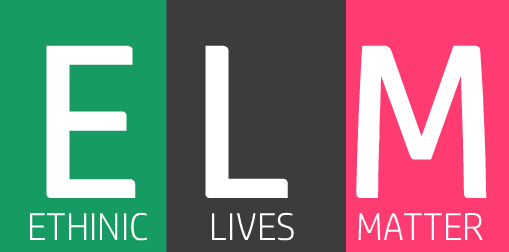|
activities of all four Committees, enabling the integration of human rights into all programmes of the
Organization. All agencies and colleagues of the United Nations have been called upon to enhance and support this
process in practical terms.
2. The scope of this handbook
This handbook has been developed to contribute to the integration process by providing a basic introduction to
international human rights for United Nations staff. More particularly, it has been written to assist new UN col-
leagues, and those working outside the human rights secretariat, in under- standing the concept of human rights ,
the obligations of the Organization to promote and protect human rights, and how the United Nations discharges this
obligation. The selected topics covered in this handbook are examined at length in other publications listed in
Part 4.
The handbook is divided into five parts, providing an overview of the follow- ing areas:
1. International human rights standards and their development
2. United Nations organs
3. Human rights mechanisms
4. Untied Nations strategies and action to promote human rights
5. OHCHR and partners
It should be noted that human rights instruments and institutions also exist at regional and national level.
However, this handbook focuses on international human rights to guide United Nations staff through the broad human
rights framework within which they work. It is hoped that this handbook will famil- iarize colleagues with human
rights standards and mechanisms and thus enable them to take account of the overarching principles of human dignity
that should be reflected in all their activities.
|  ETHNIC LIVES MATTER ™
ETHNIC LIVES MATTER ™